·
Last updated on October 29th, 2024
Ever wonder how designers approach furnishing a new home quickly and beautifully? Ryan Young Interiors reveals their top tips for making your dream home look and feel put together and comfortable.
1. Plan out your design
First, create your vision board with any photos that inspire you, Pinterest is an incredible tool to curate the look you want! Decide if you want to bring warm or cool tones into the home and whether you want a vibrant color scheme or more neutrals.
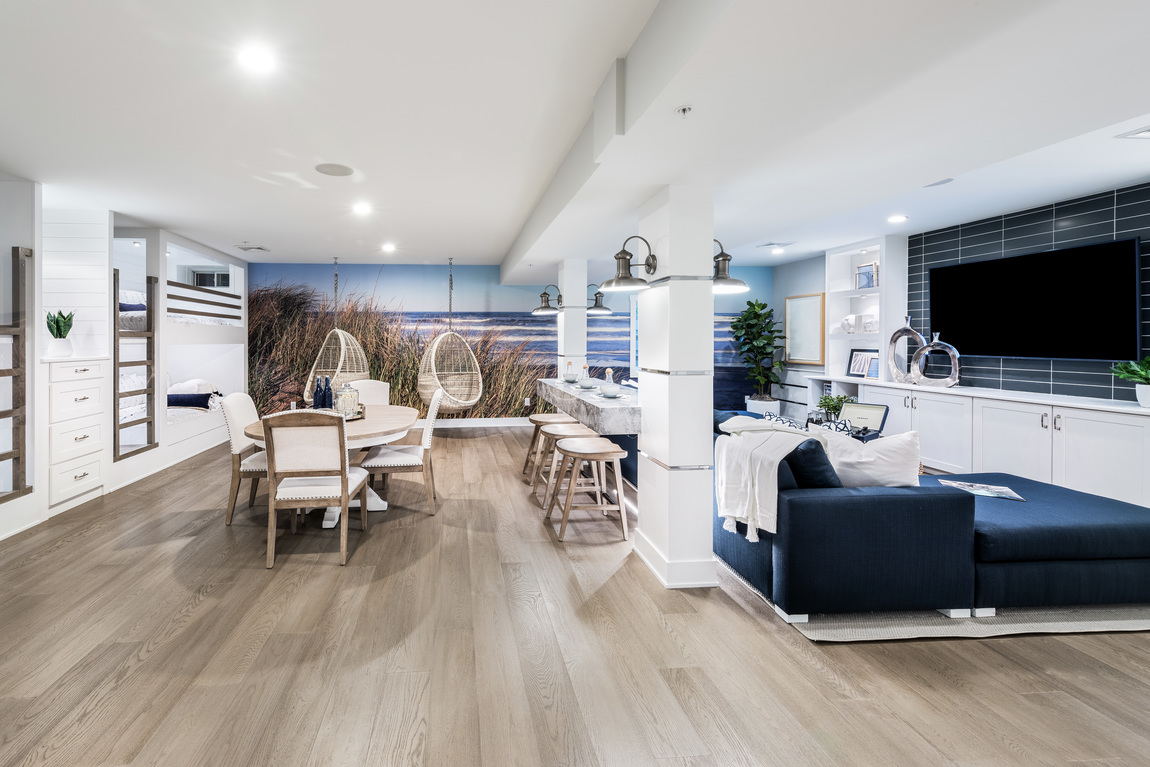
Quick tip: If you are struggling with color, go neutral with paint, window treatments, and art, but add your color in pillows and throws. It’s much easier to switch these out if you want a change down the road.
2. Blend your existing furniture into your new home
Are you bringing any furniture with you? If so, make sure you are purchasing coordinating stained furniture to tie it all together. For example: if you are bringing a couple of walnut wood pieces to your new home, you don’t want to buy more walnut pieces that could be close in color but slightly off. Instead, introduce a complementary accent furniture finish, like black, to contrast from the walnut.
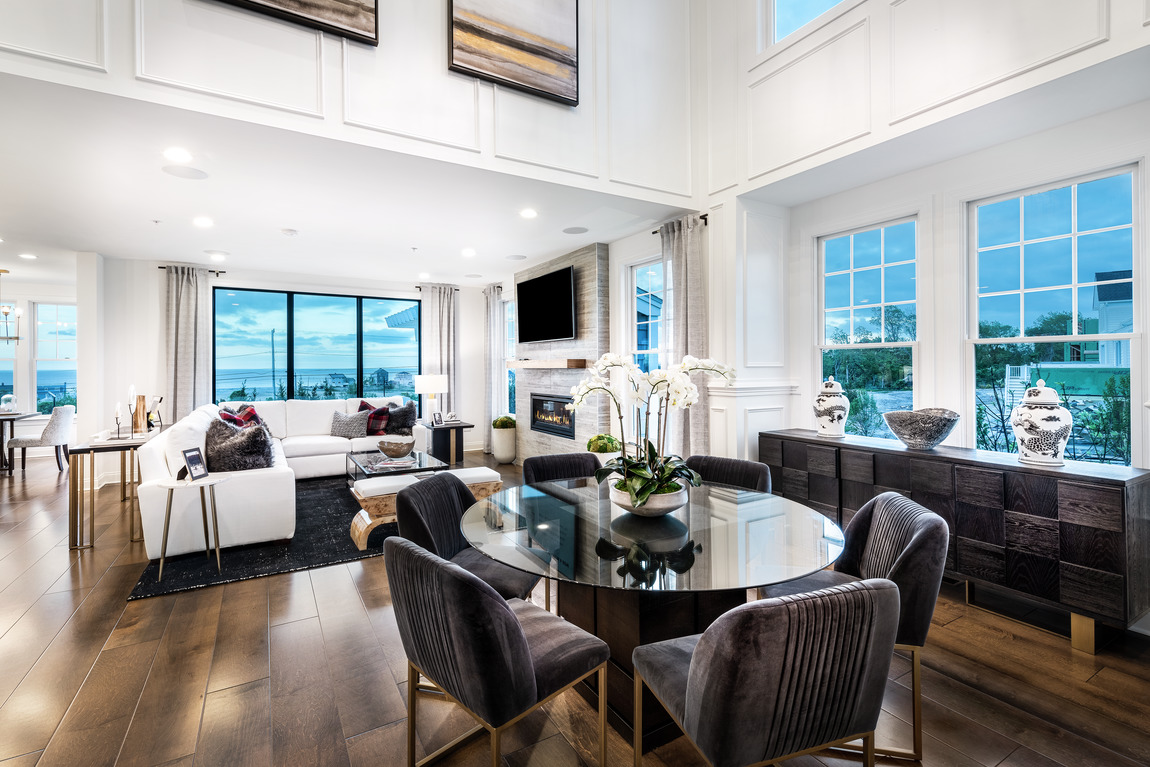
3. Incorporate local styles into your design
Where you live can also be a major factor in your color palette and your style. For example, if you are living in Arizona you will want to stick to cool tones with breathable fabrics that can withstand those hot summer months but if you are living in Florida you may opt for bright tones and light furniture to enhance the tropical environment that surrounds you.
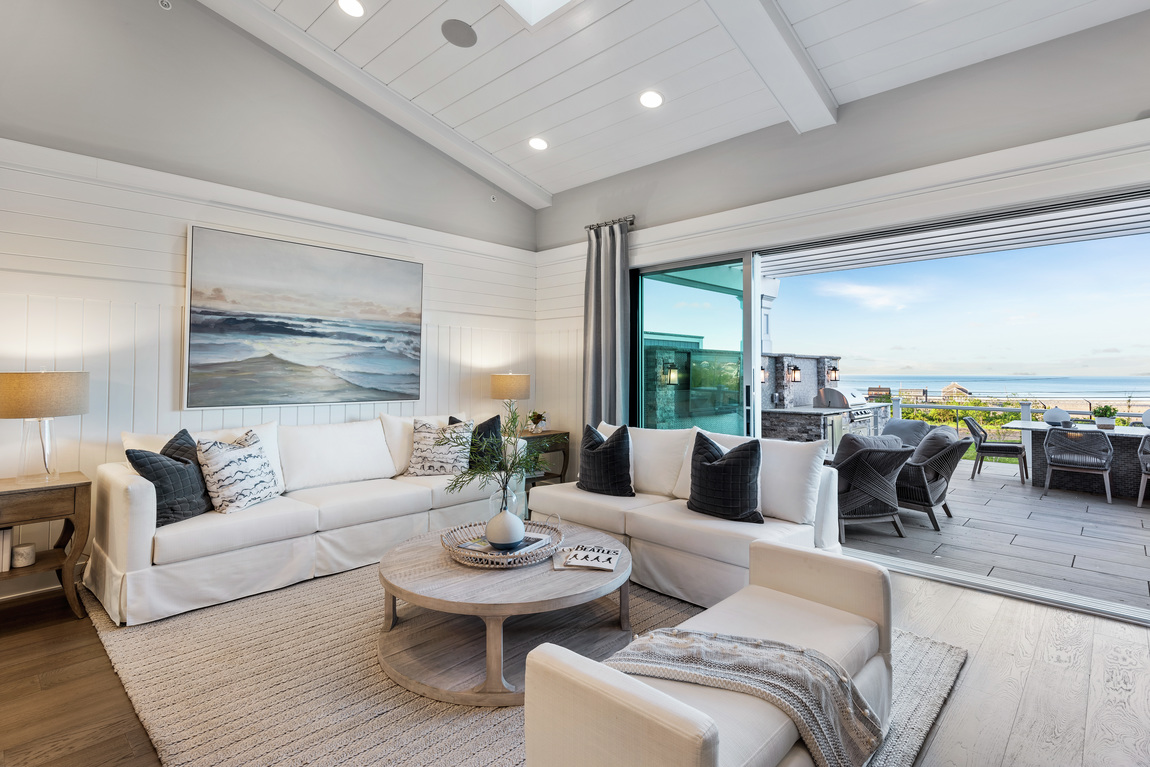
4. Furnishing your home at a great value
When looking at your overall budget focus on your main pieces first: coffee table, dining table, media unit, etc. These are the pieces you’ll want to invest in. Fill in the other pieces in the room with end tables, lamps, throw pillows, and other pieces from more cost-effective retailers, as you may want to switch them out seasonally.
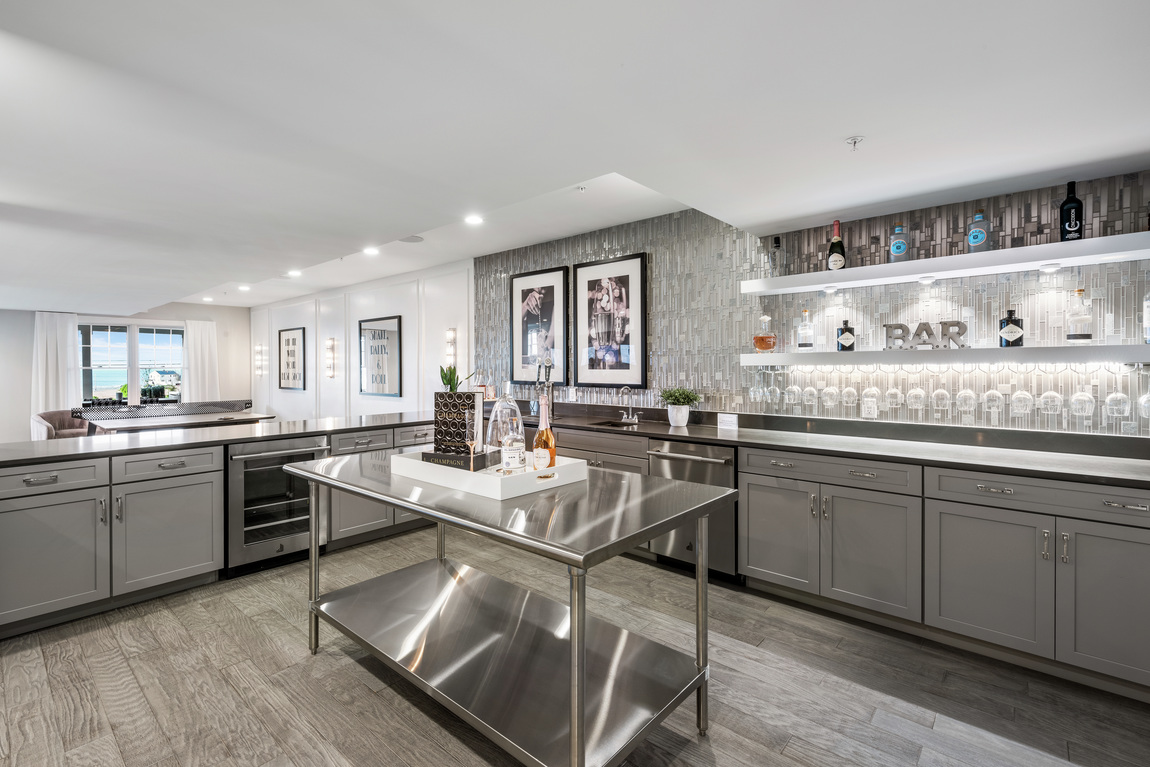
5. Make your home feel more open
A tip for space planning is buying the largest rug a room can hold to trick the eye that the space is larger than it appears. In general, scale is a huge factor when it comes to design. If you are struggling in this department, place items similar in height or depth in the space to get a visual before purchasing.
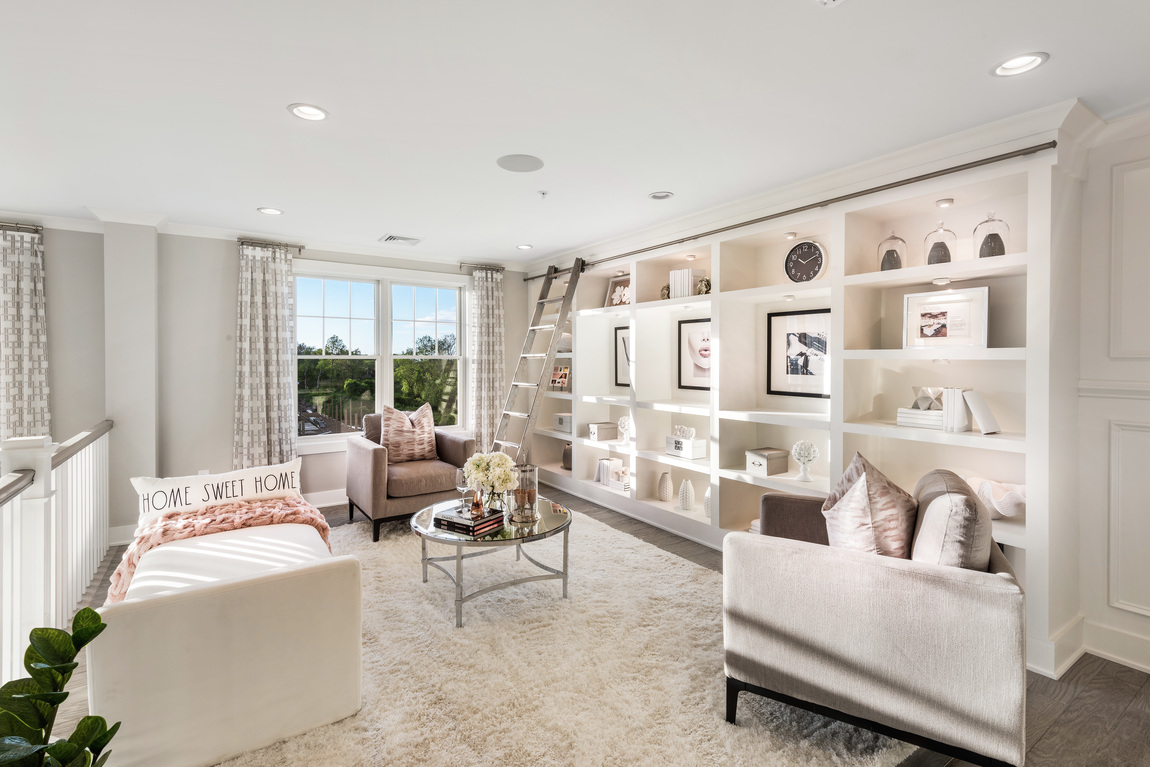
6. Carefully select your lighting
Lighting is very important in a home so if you don’t have the desired amount of recess lights in each space, find places to add floor lamps or accent lighting to create a cozier environment.
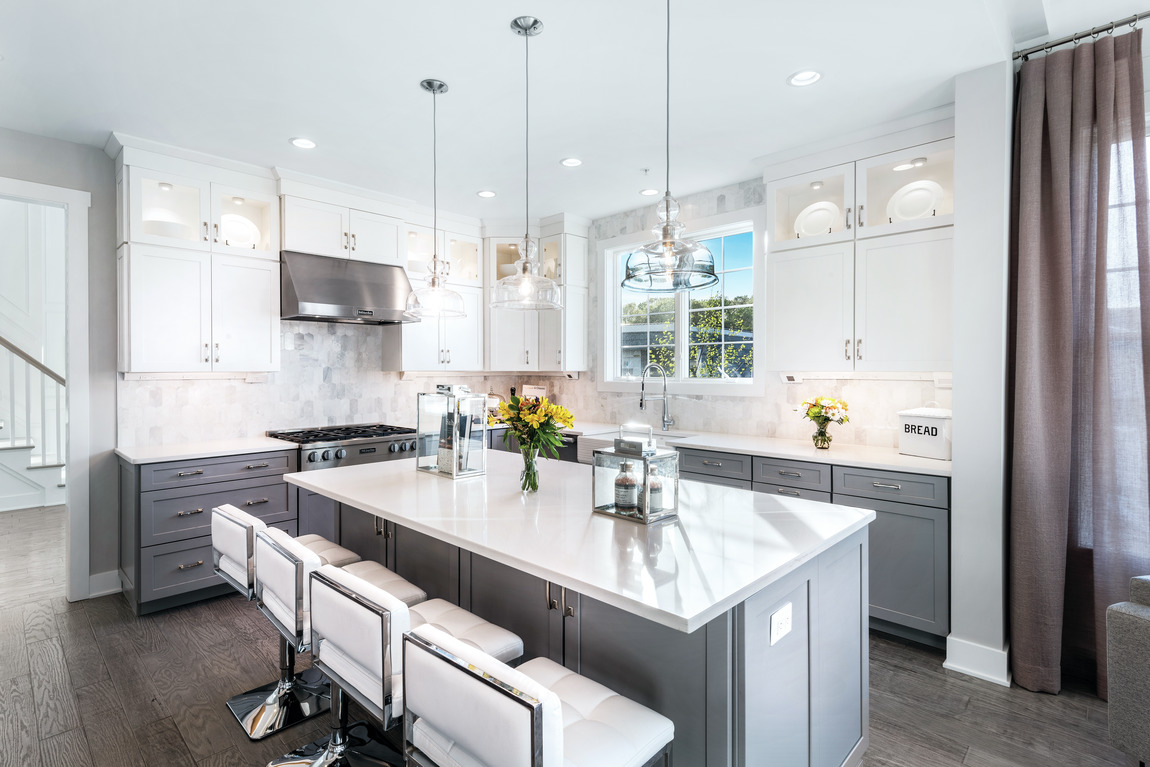
Quick tip: For example – If you want to switch out your kitchen pendants but don’t know which size to buy, blow up a non-helium balloon on a string to the size of the potential pendant and tape the end of the string to the ceiling to see if it feels right hanging there.
7. Remember: you can take time when furnishing a new home
Don’t feel pressured to buy every piece to fill your home right away. You may end up settling. There is something very special about collecting pieces over time with a loved one or on trips as a memento, and using those special pieces to create memories–and a look you love–within your home.
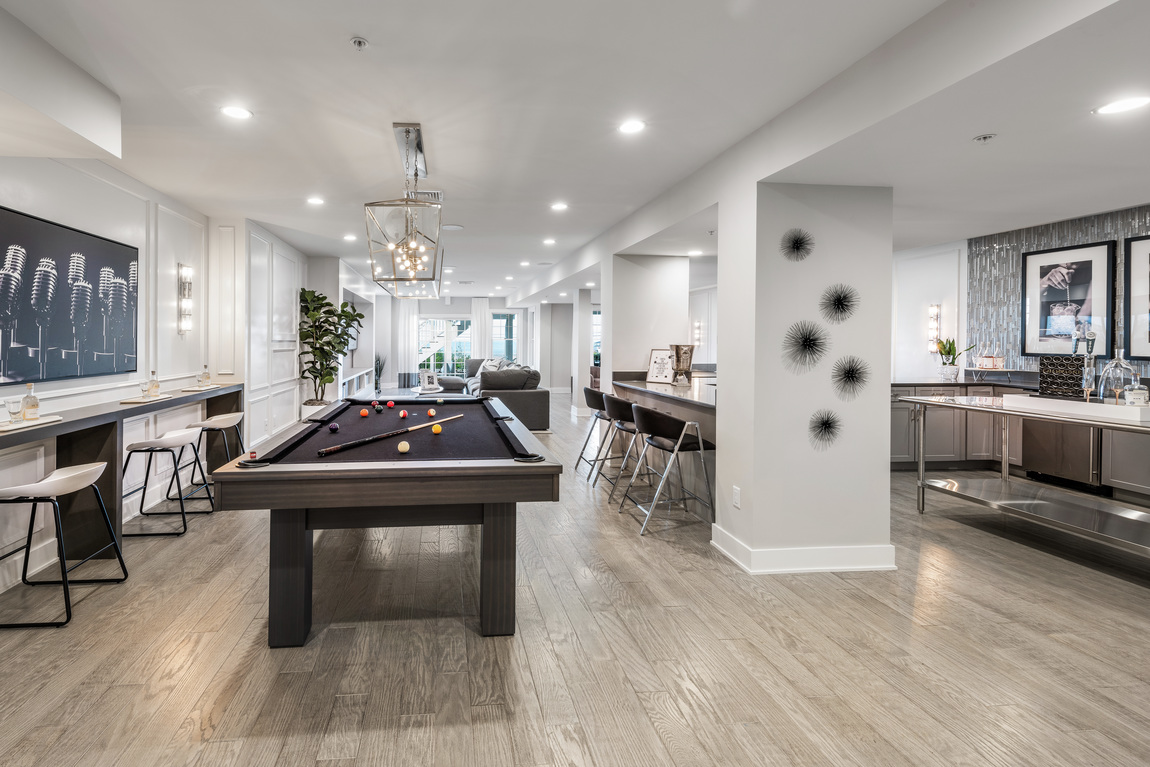
About Toll Brothers
Toll Brothers, Inc., a Fortune 500 Company, is the nation's leading builder of luxury homes. The Company was founded 58 years ago in 1967 and became a public company in 1986. Its common stock is listed on the New York Stock Exchange under the symbol “TOL.” The Company serves first-time, move-up, empty-nester, active-adult, and second-home buyers, as well as urban and suburban renters. Toll Brothers builds in over 60 markets in 24 states: Arizona, California, Colorado, Connecticut, Delaware, Florida, Georgia, Idaho, Indiana, Maryland, Massachusetts, Michigan, Nevada, New Jersey, New York, North Carolina, Oregon, Pennsylvania, South Carolina, Tennessee, Texas, Utah, Virginia, and Washington, as well as in the District of Columbia. The Company operates its own architectural, engineering, mortgage, title, land development, smart home technology, and landscape subsidiaries. The Company also develops master-planned and golf course communities as well as operates its own lumber distribution, house component assembly, and manufacturing operations
Toll Brothers has been one of Fortune magazine's World's Most Admired Companies™ for 10+ years in a row, and in 2024 the Company's Chairman and CEO Douglas C. Yearley, Jr. was named one of 25 Top CEOs by Barron's magazine. Toll Brothers has also been named Builder of the Year by Builder magazine and is the first two-time recipient of Builder of the Year from Professional Builder magazine. For more information visit TollBrothers.com.
From Fortune, ©2025 Fortune Media IP Limited. All rights reserved. Used under license.
Have a Question?
Comments
No comments yet. Be the first to share your thoughts.










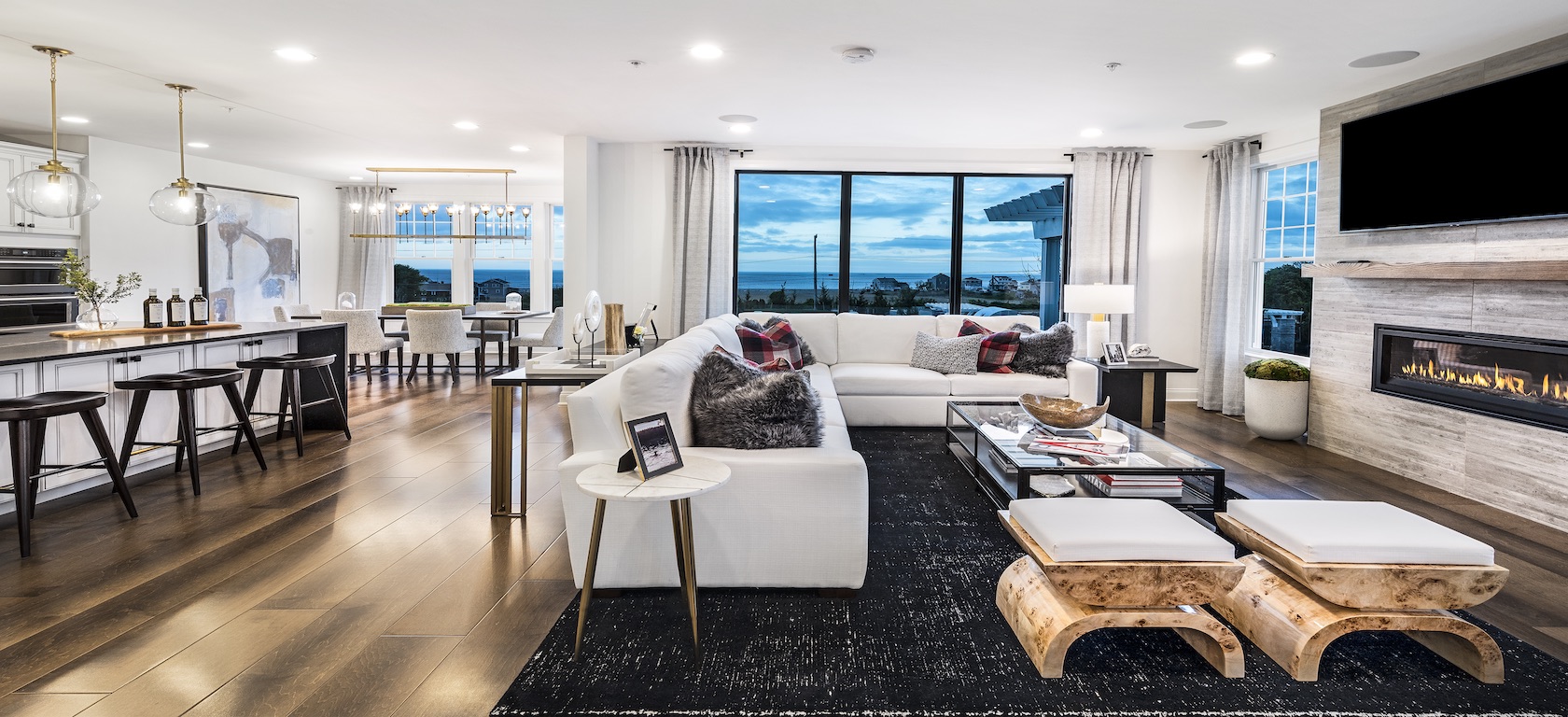
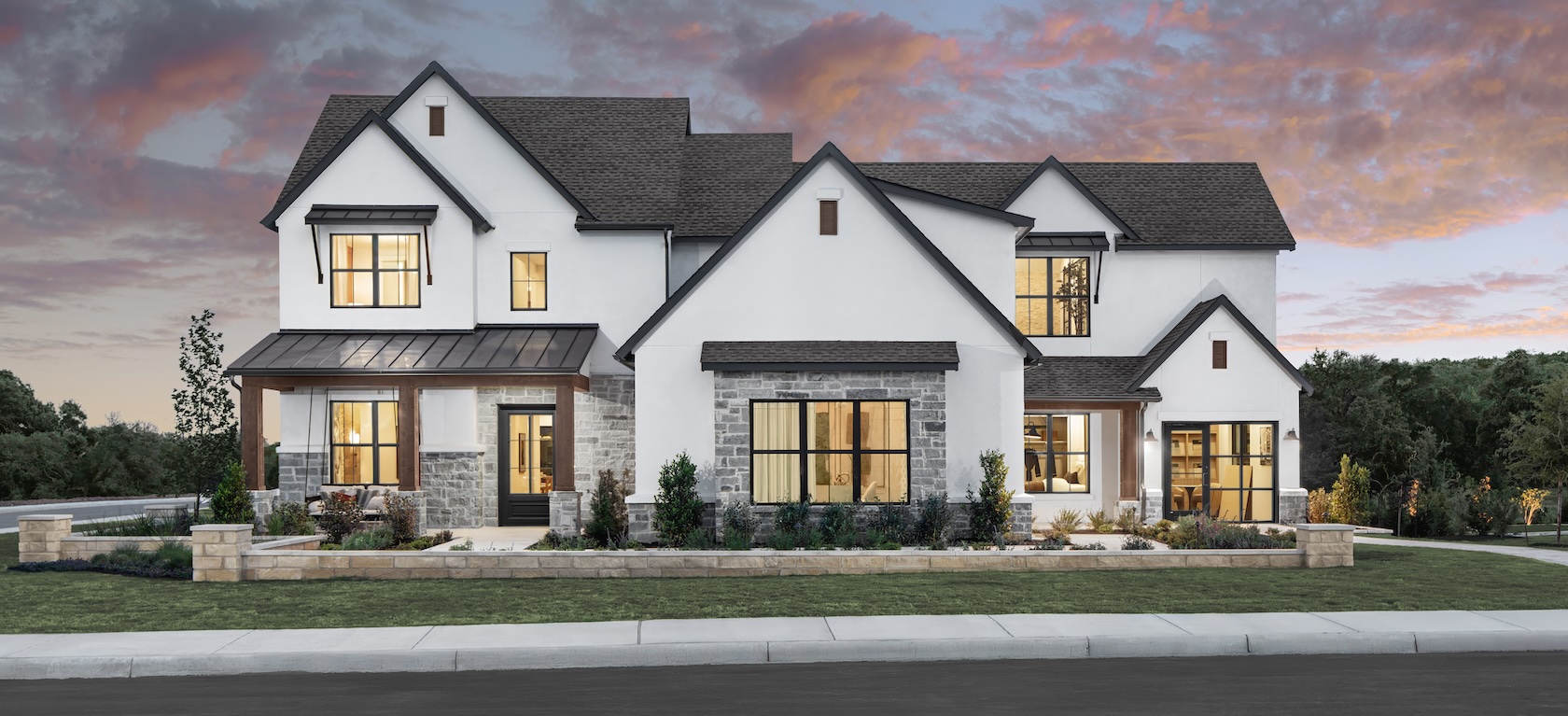
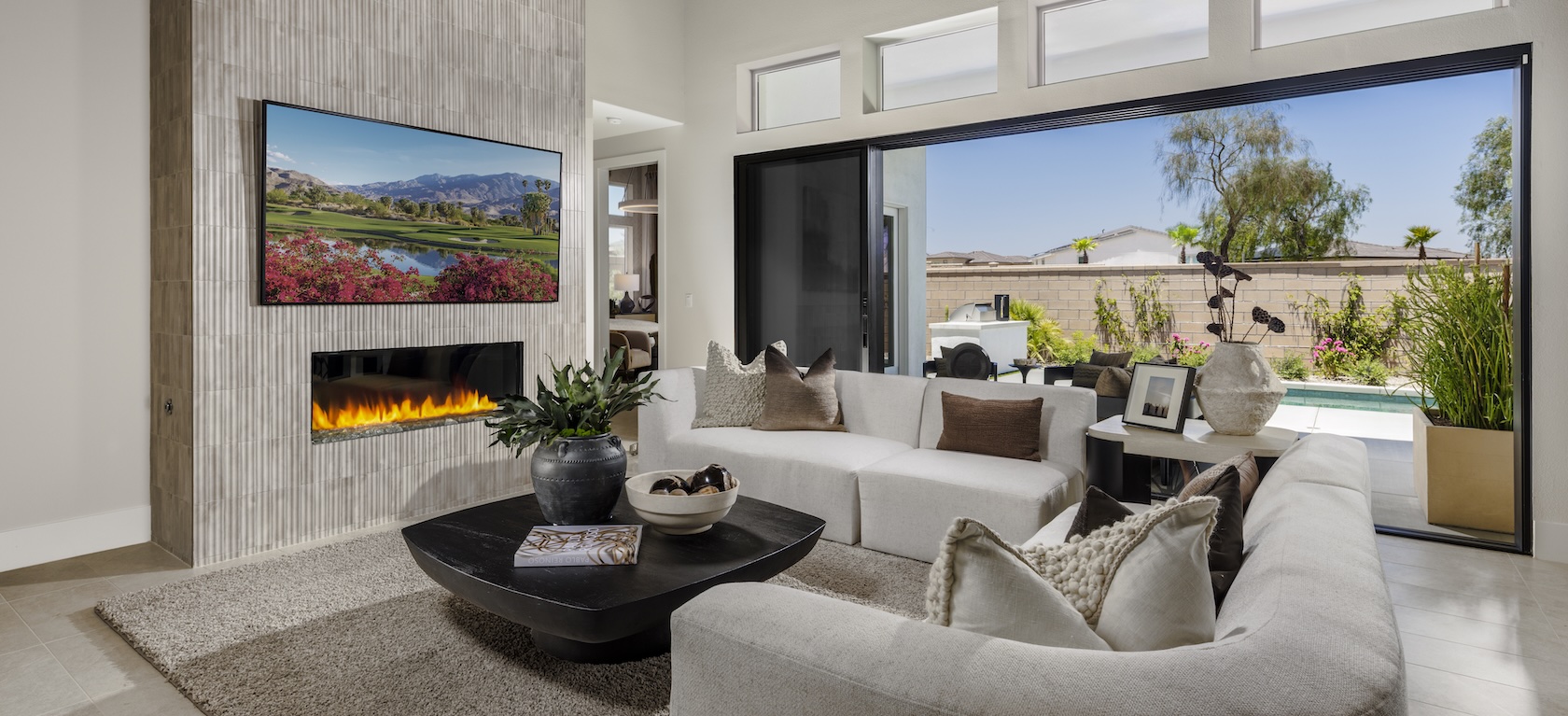
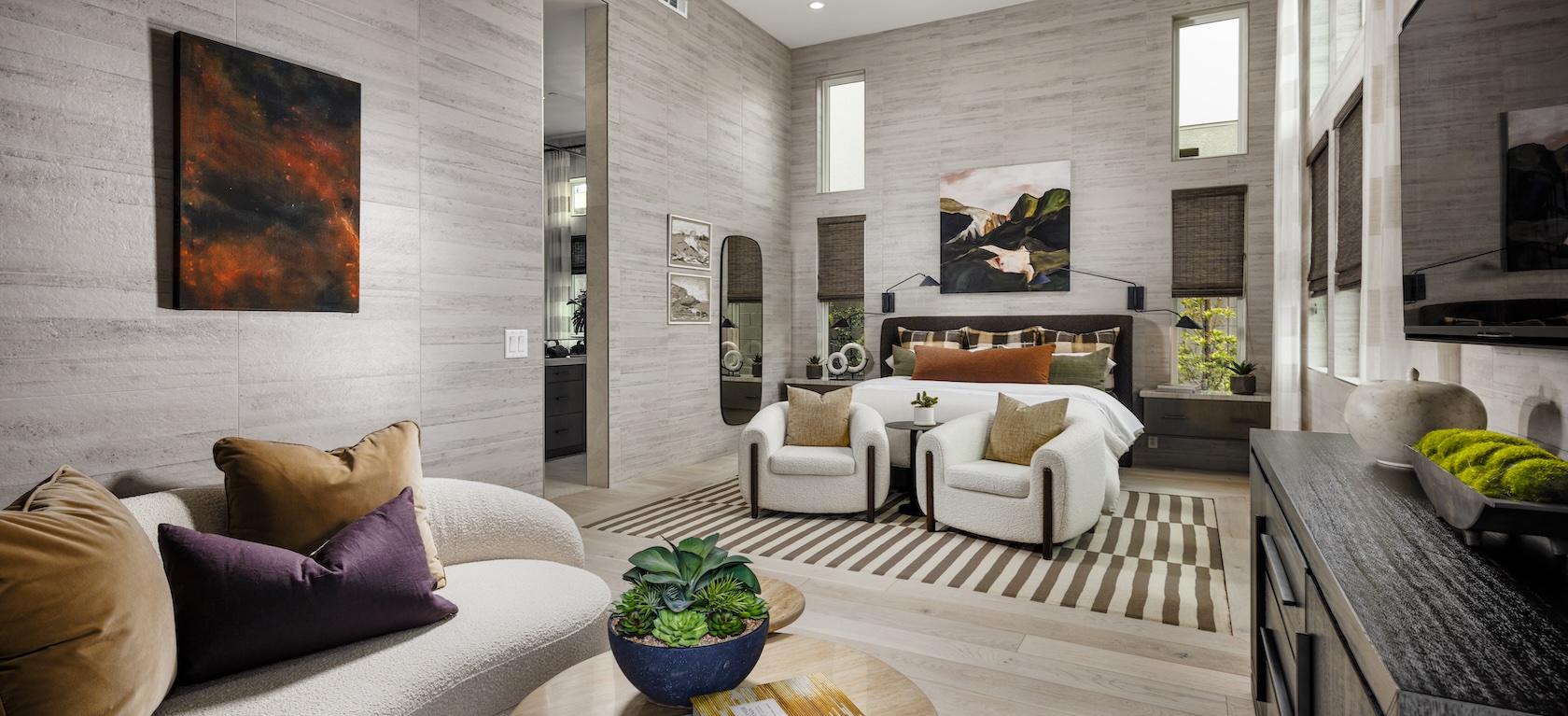
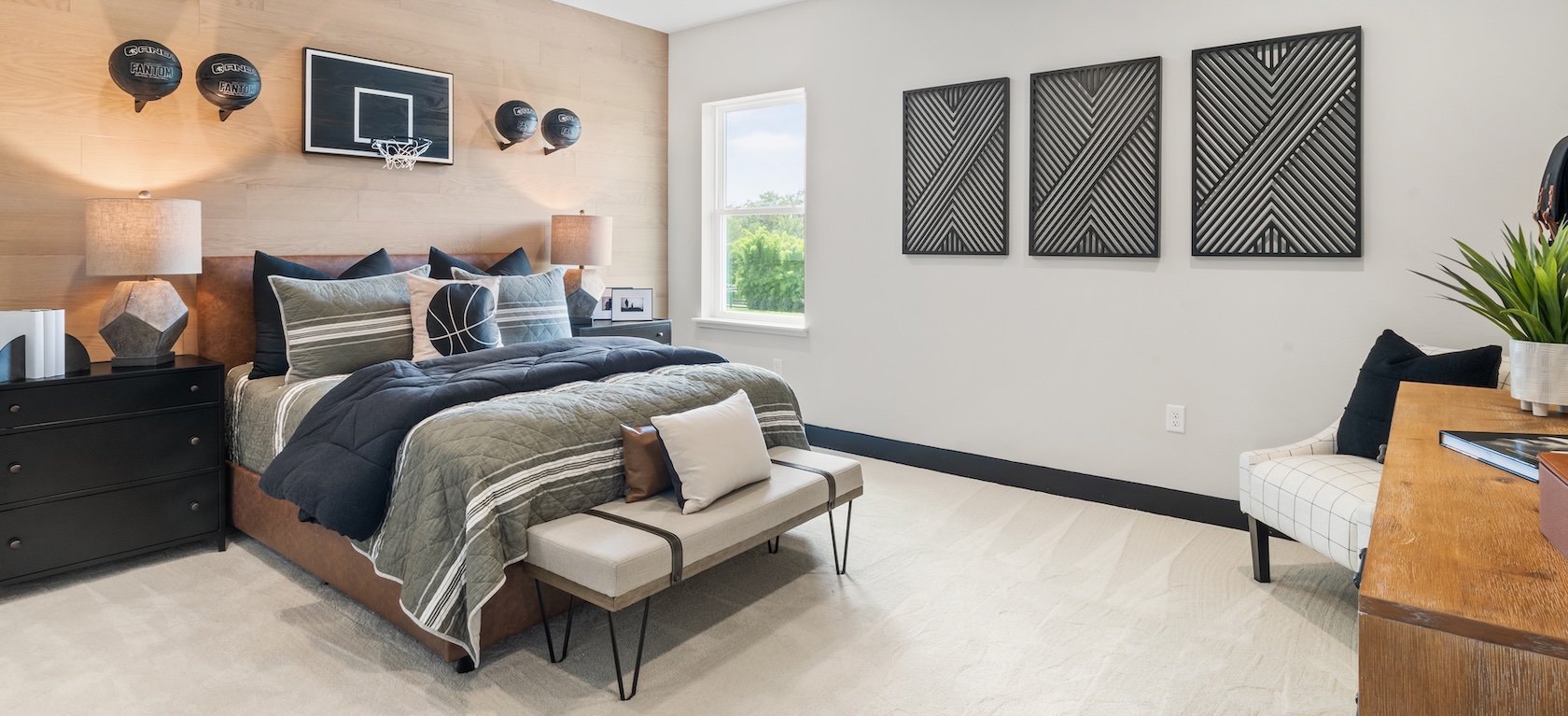


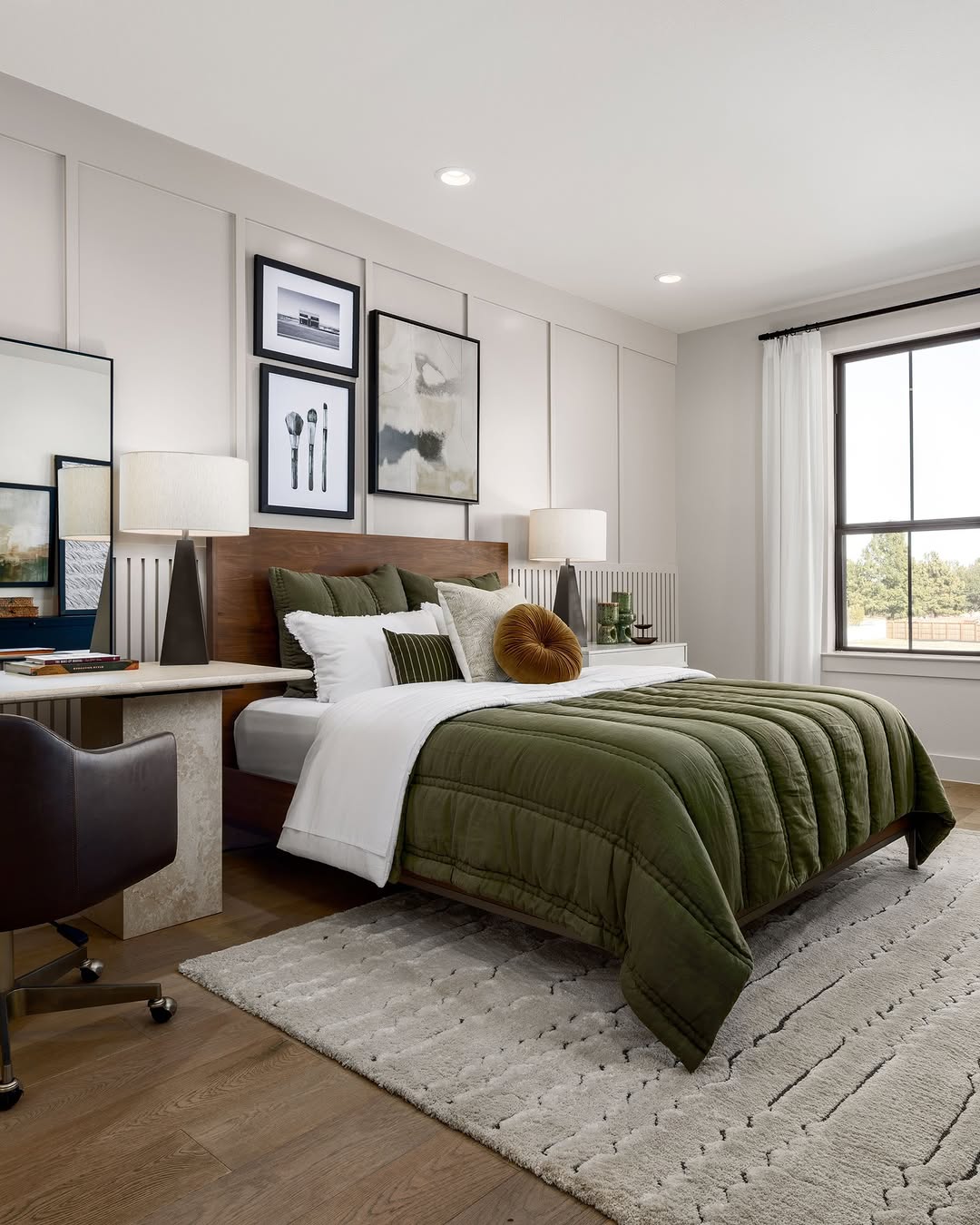
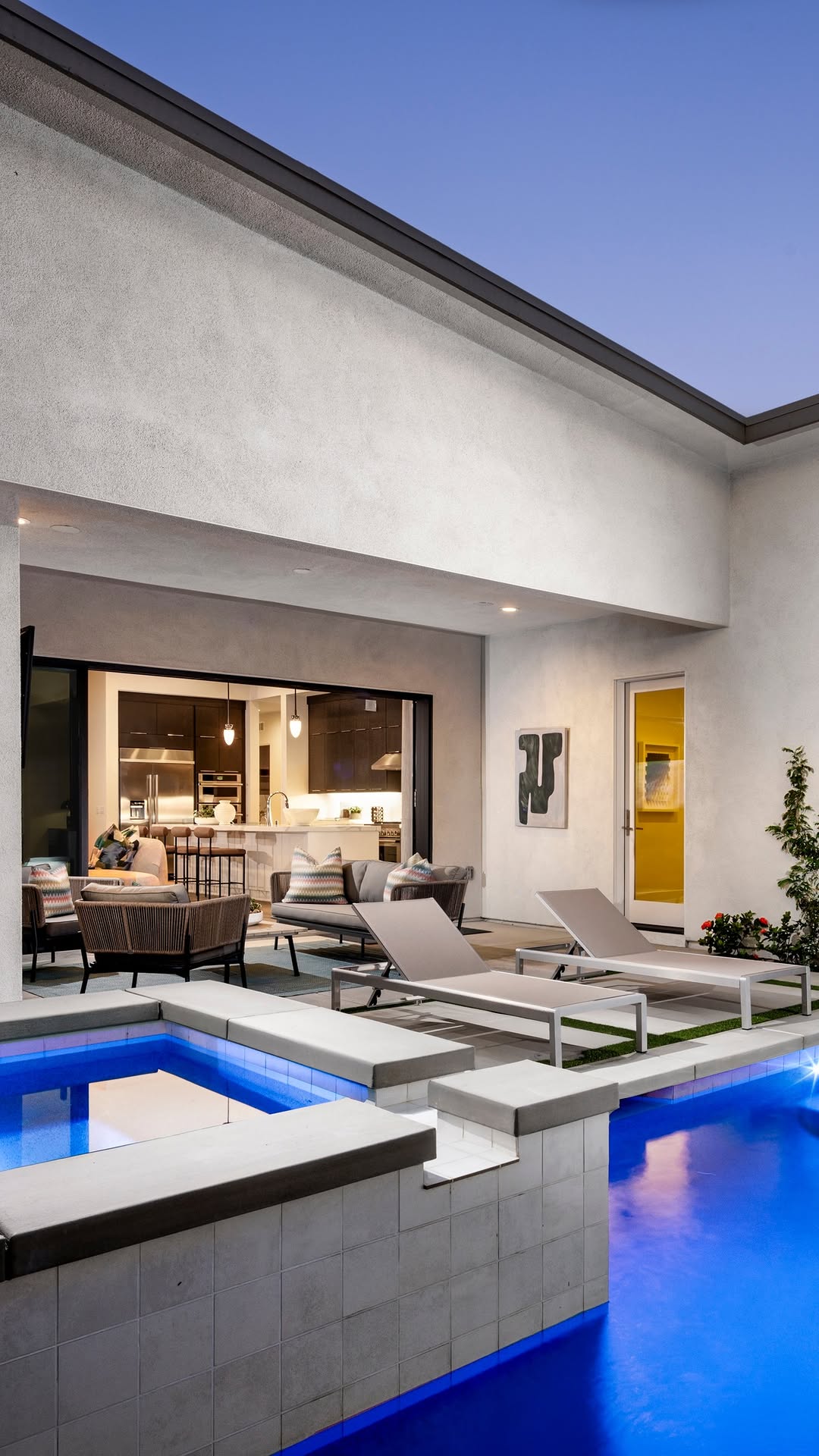
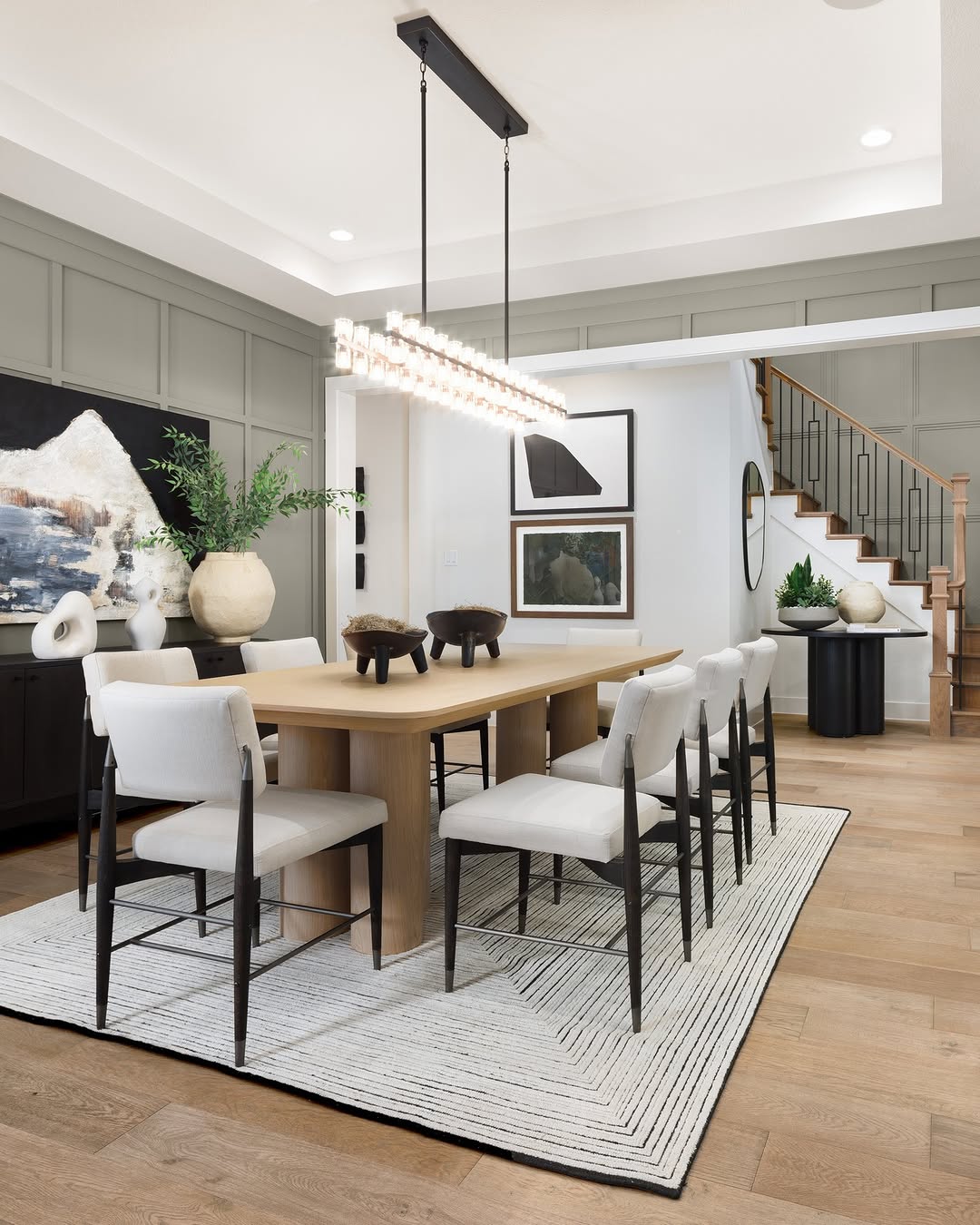
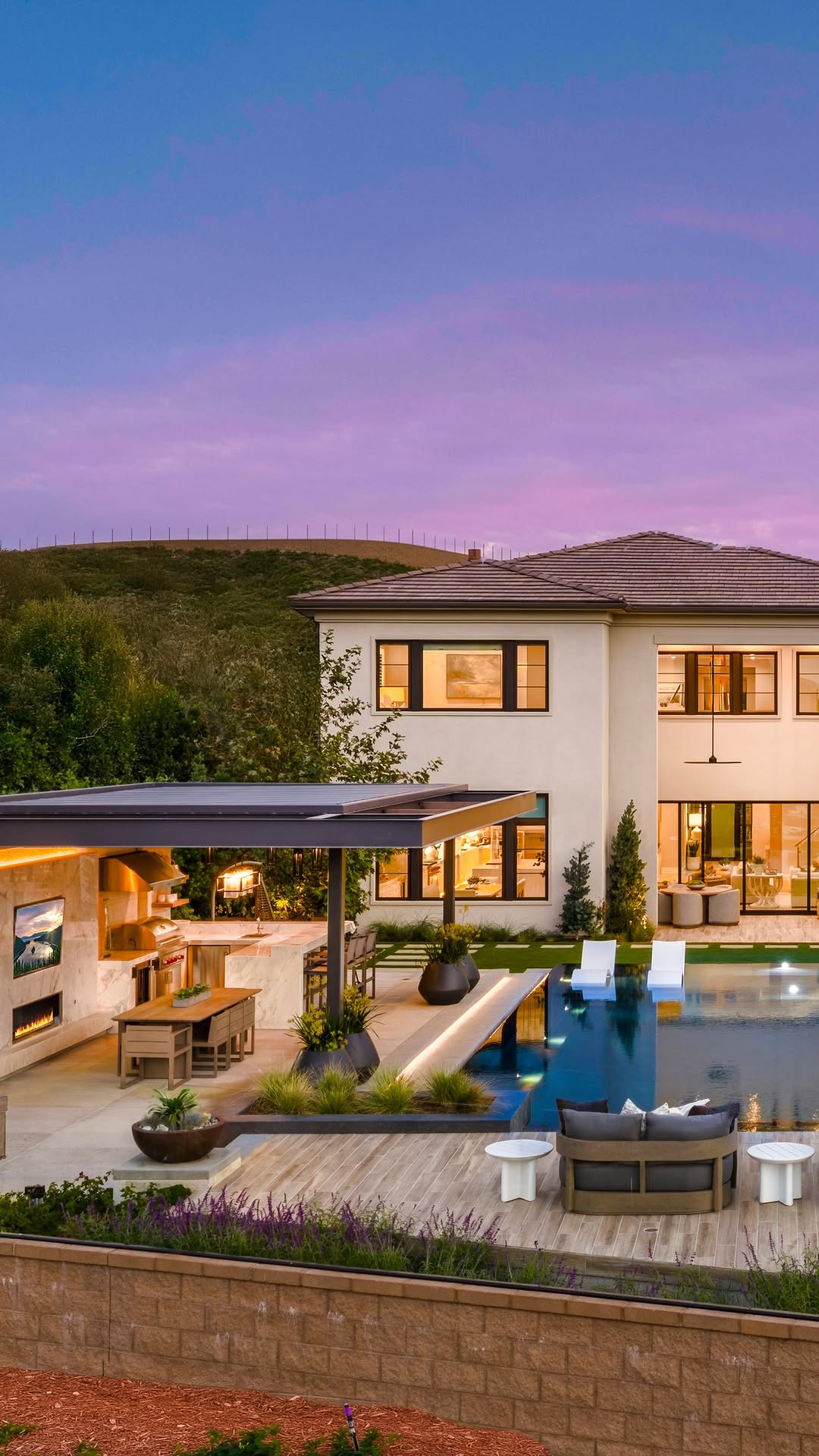
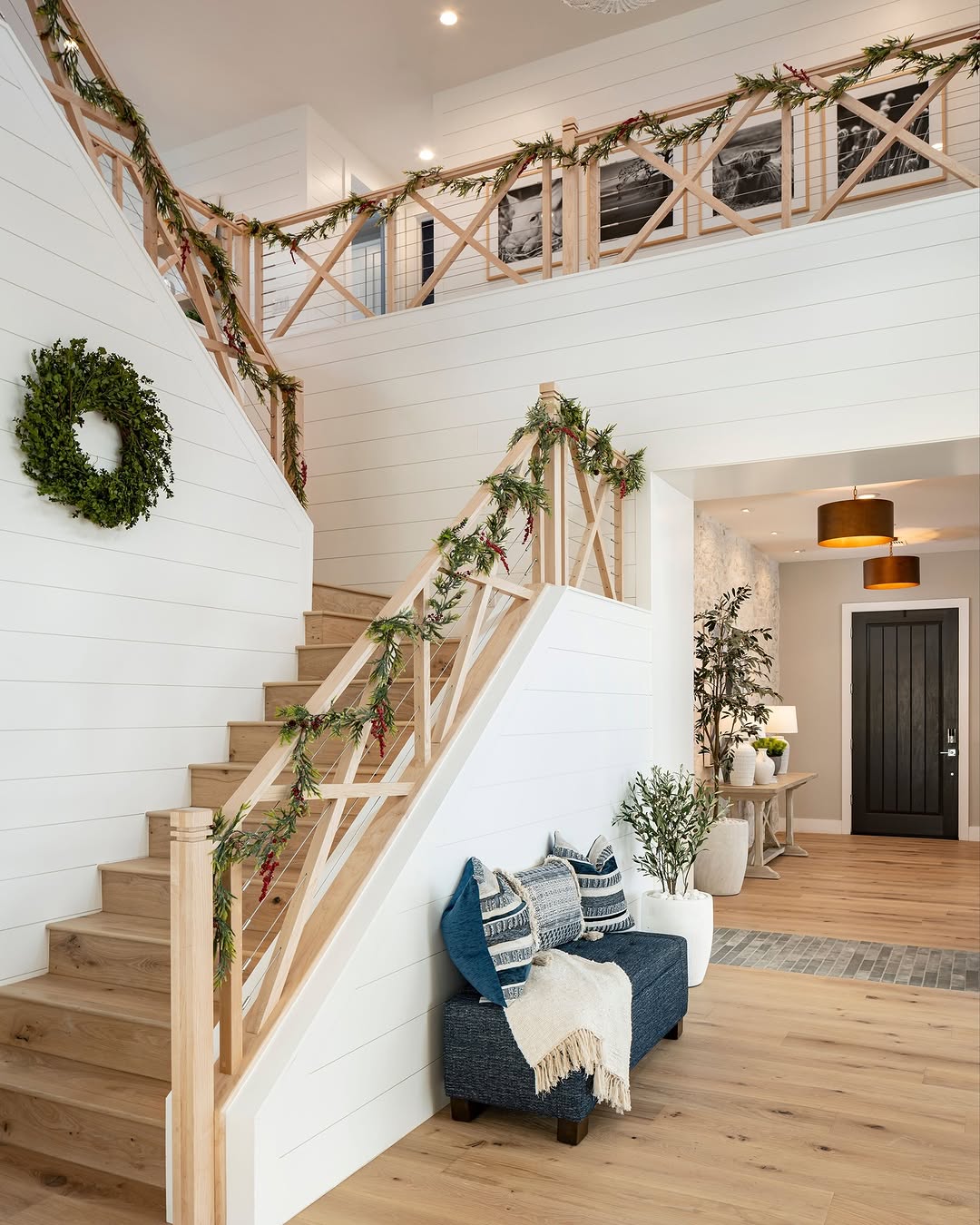
Leave a Comment